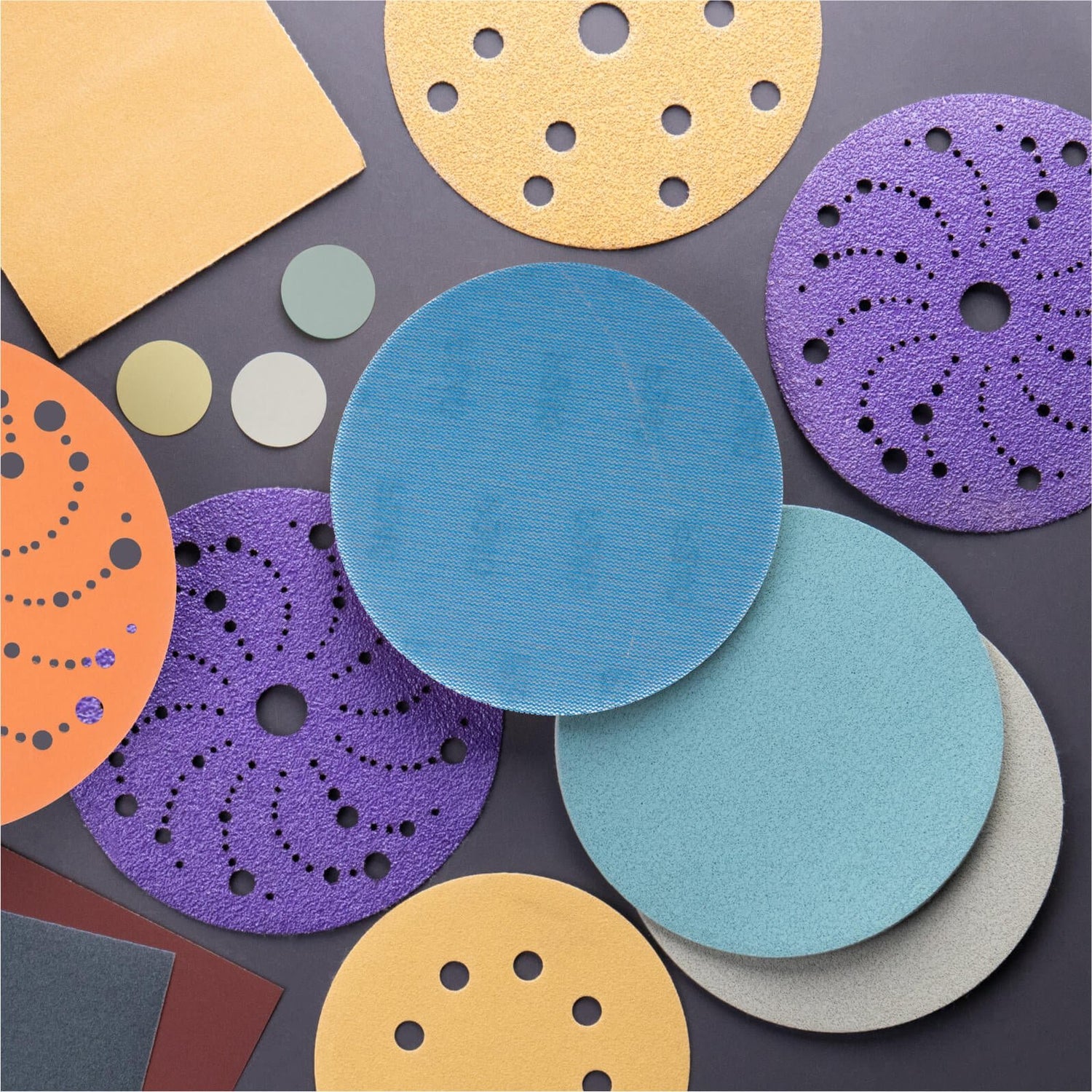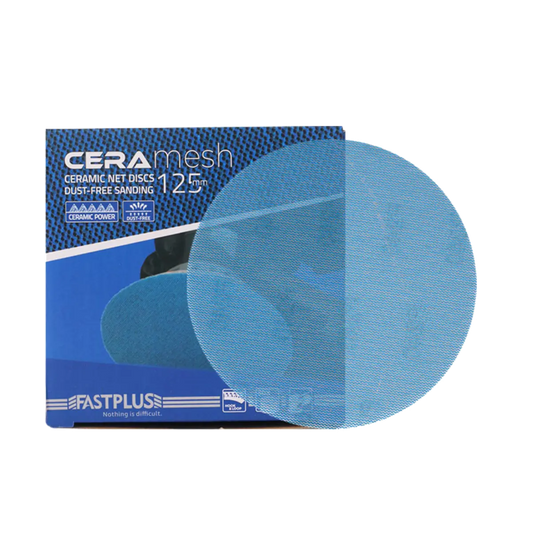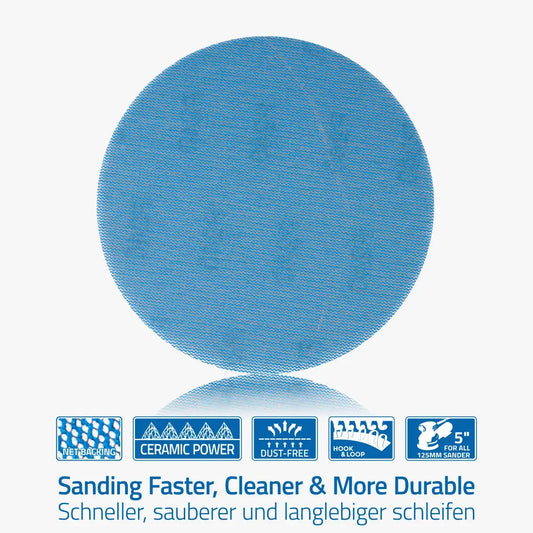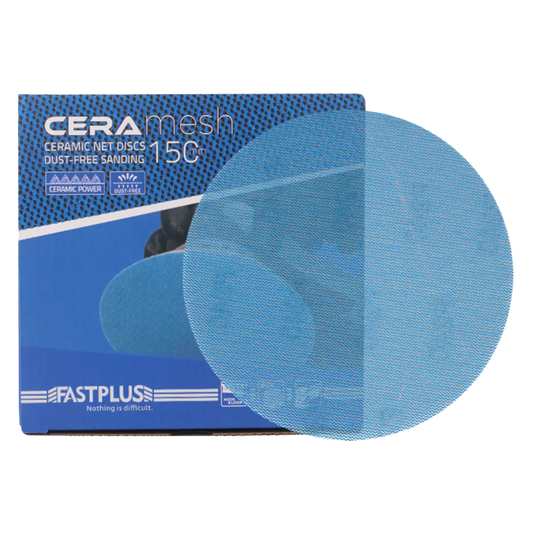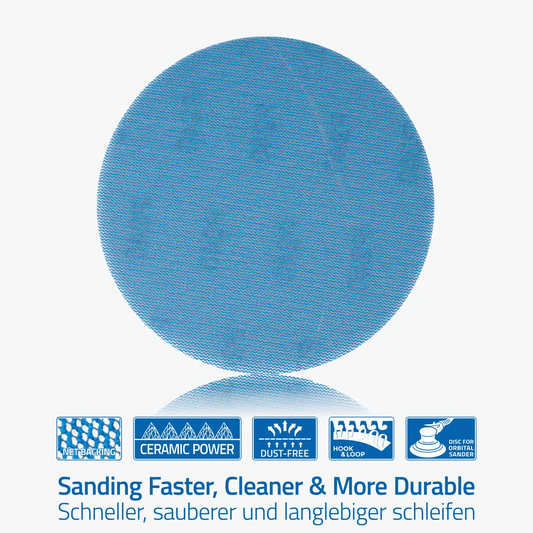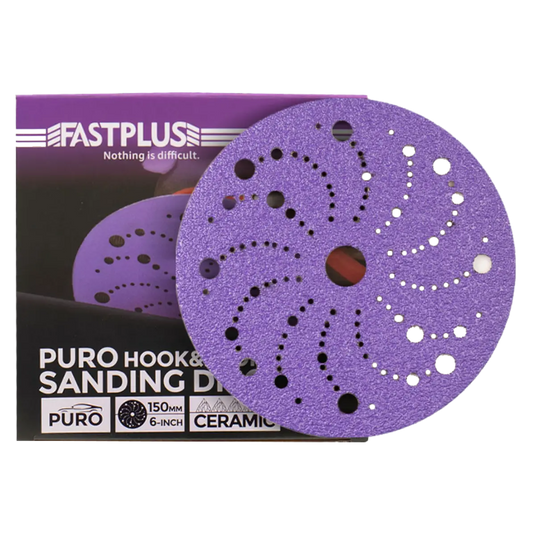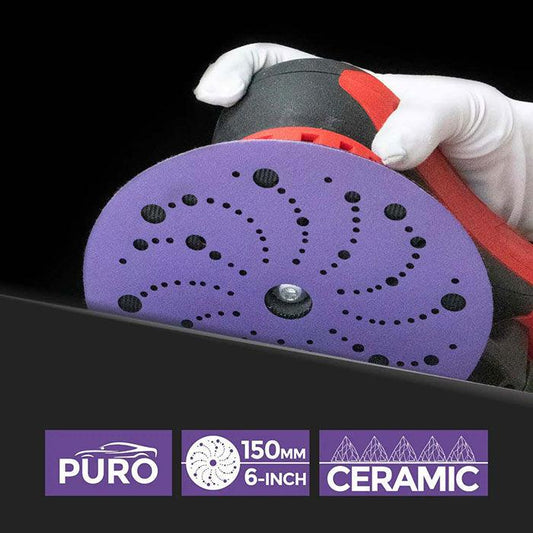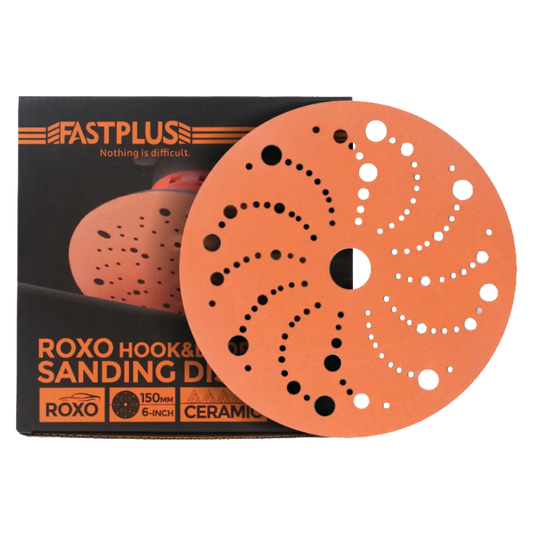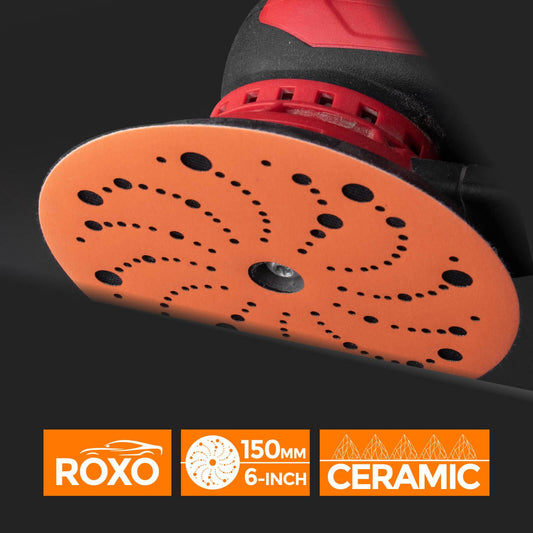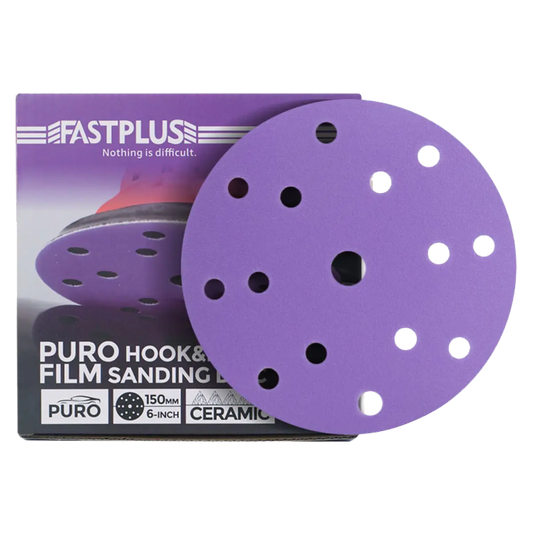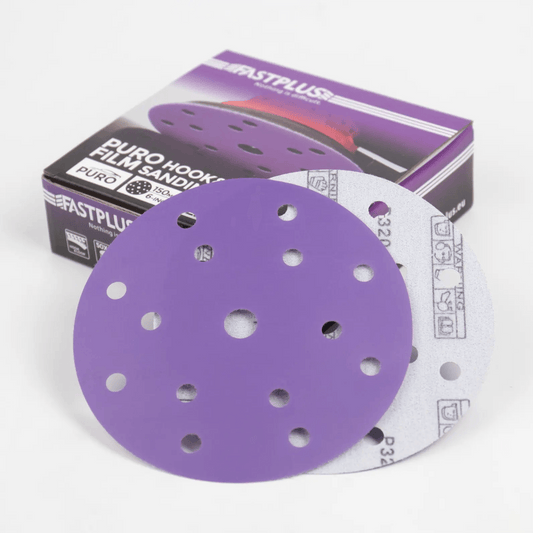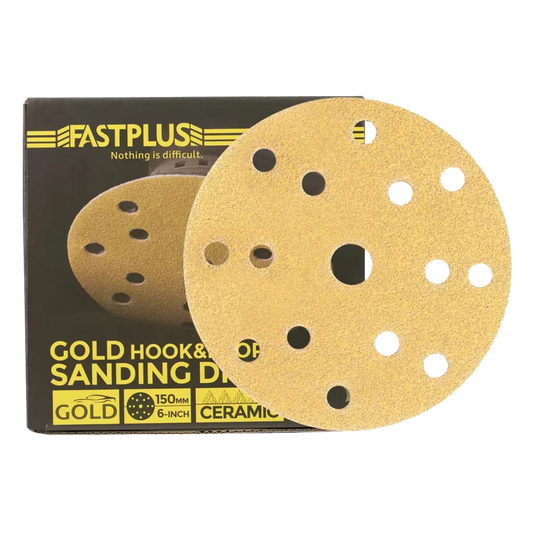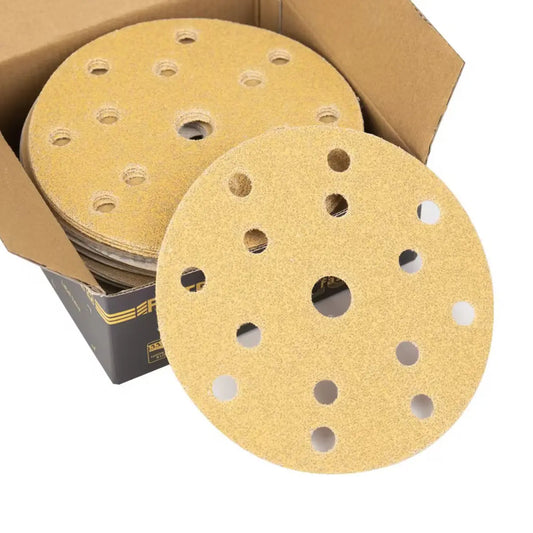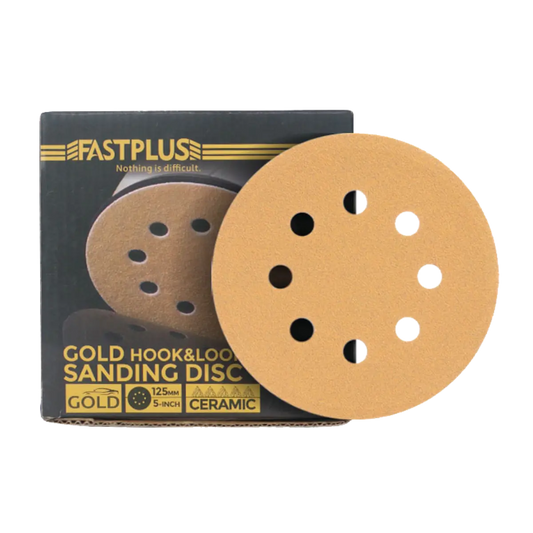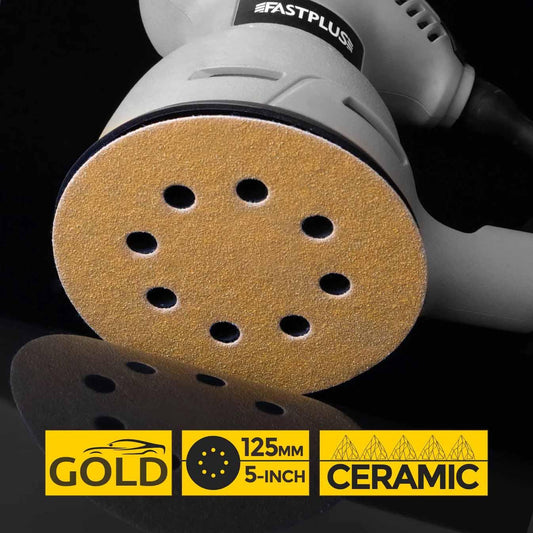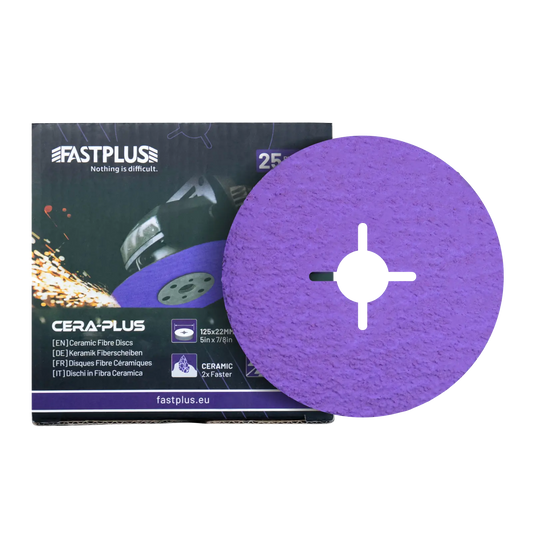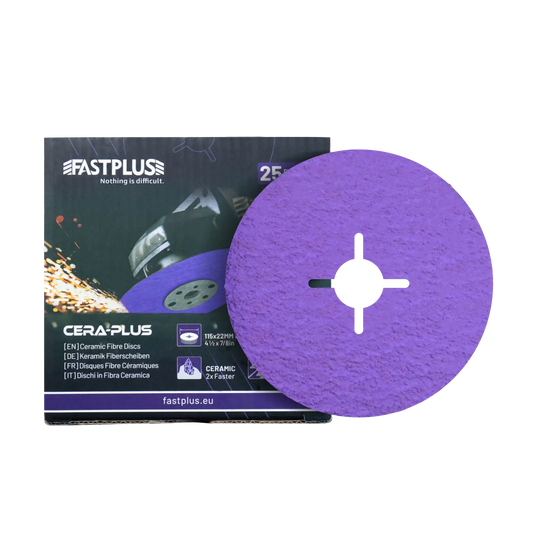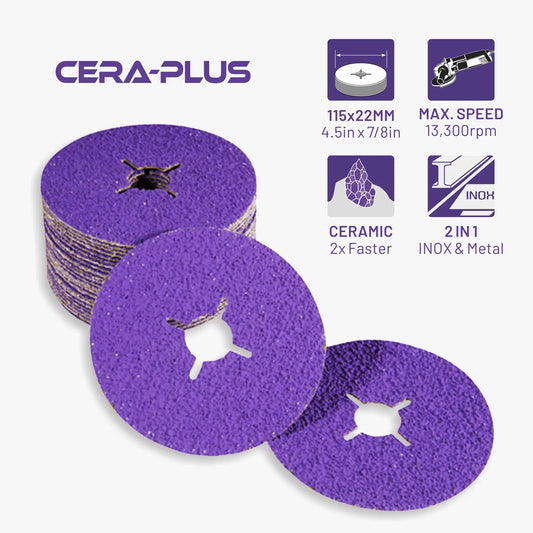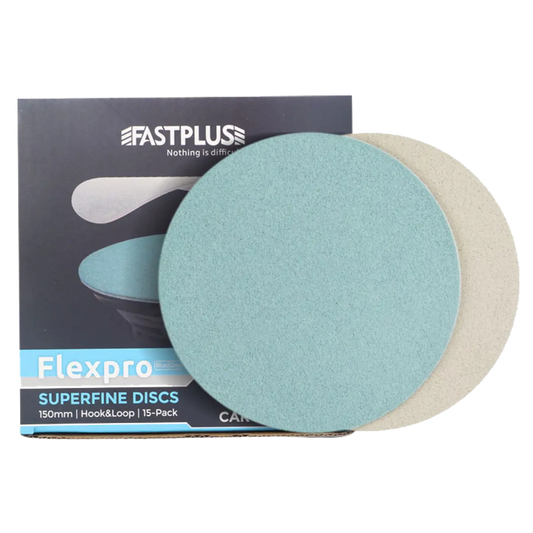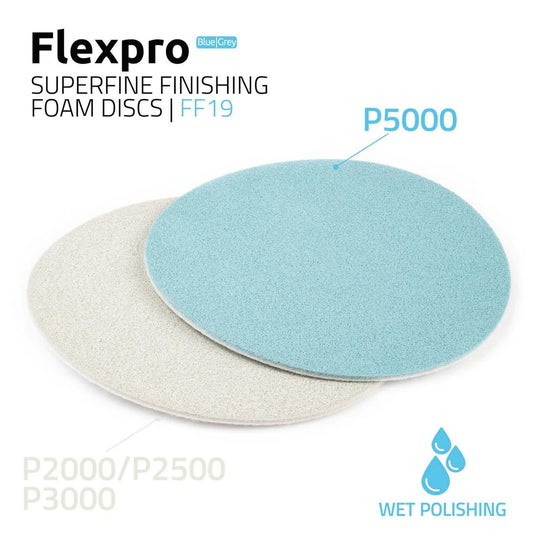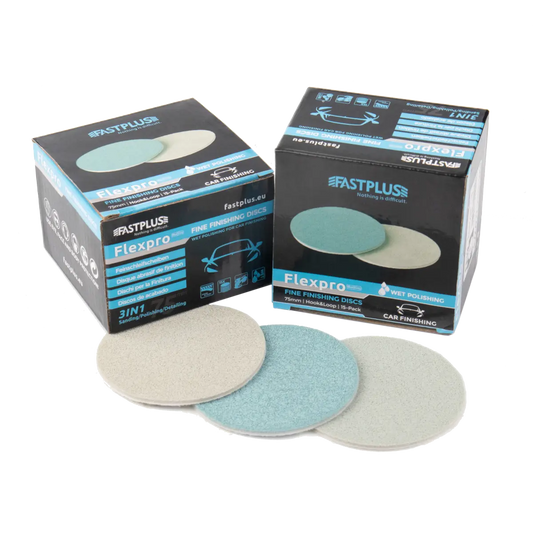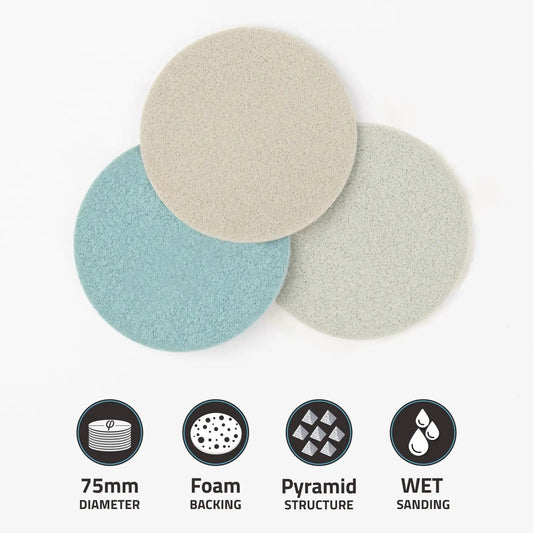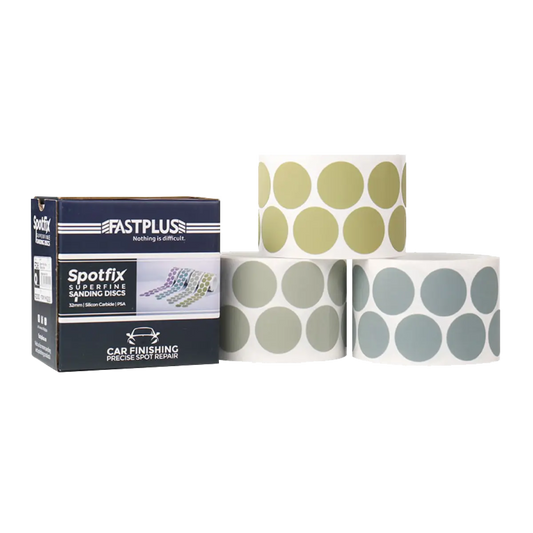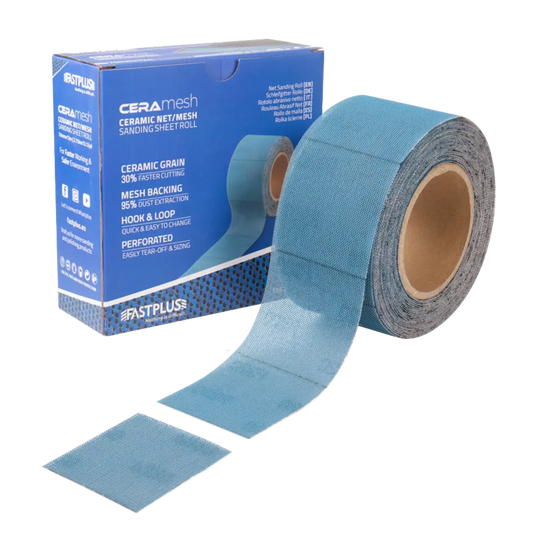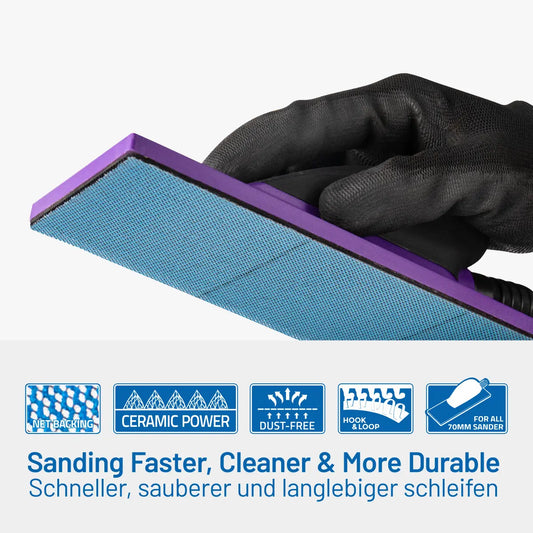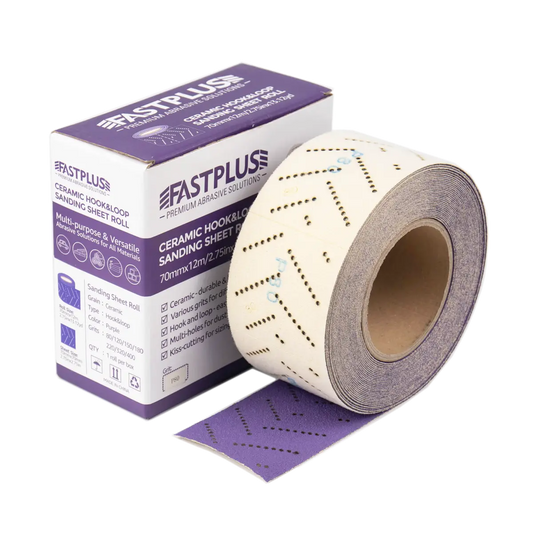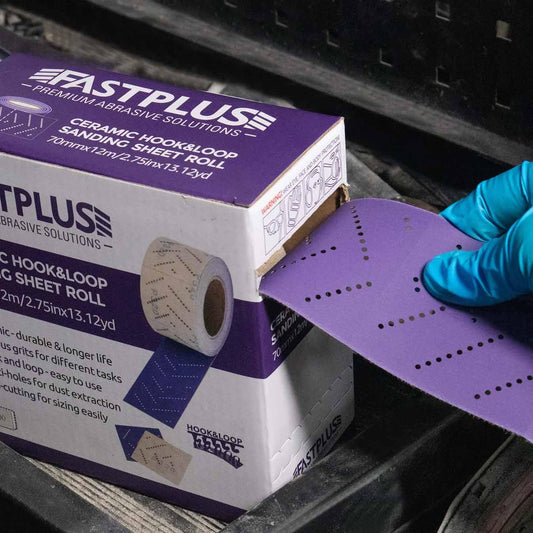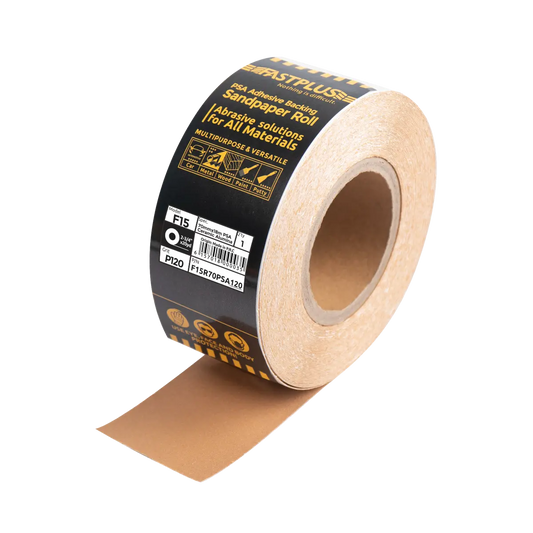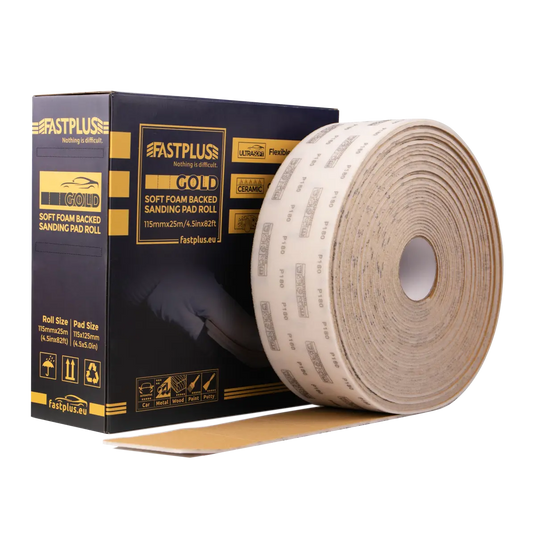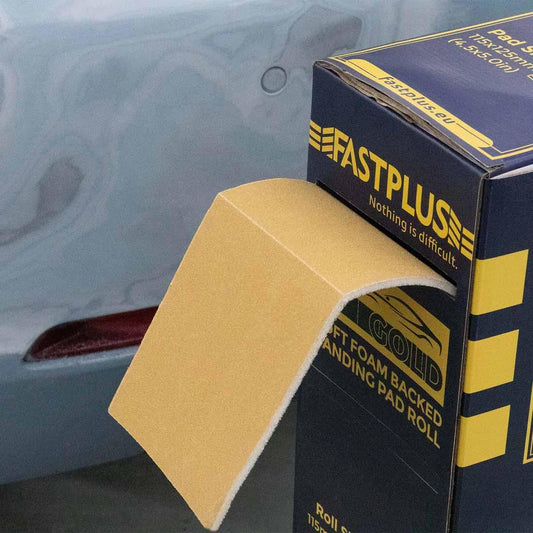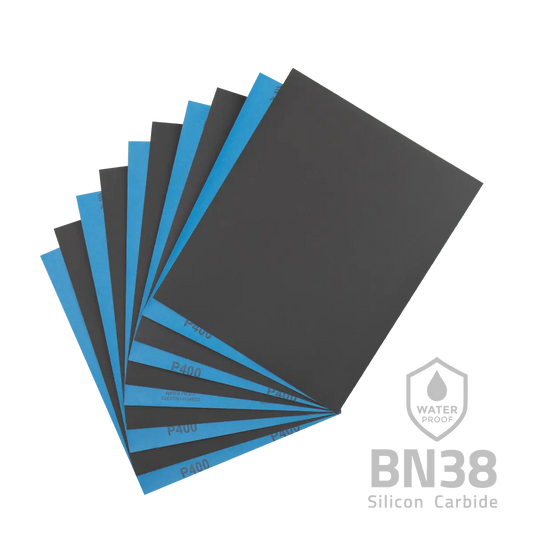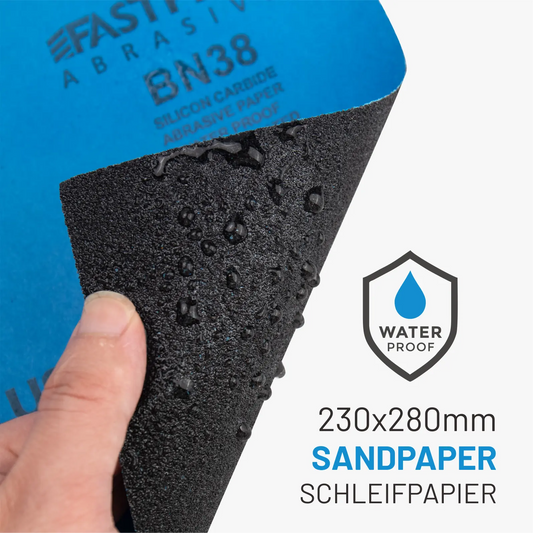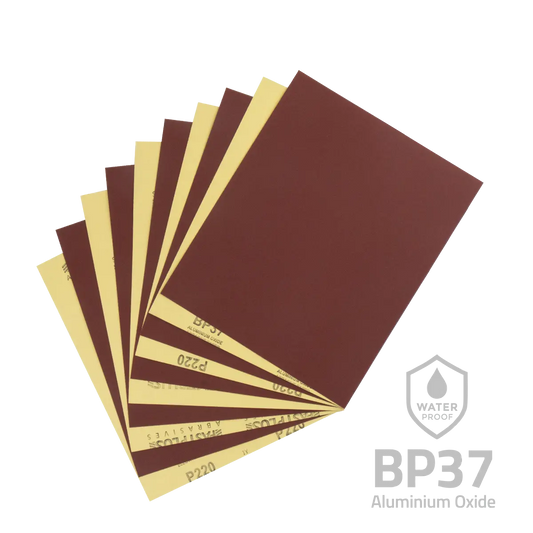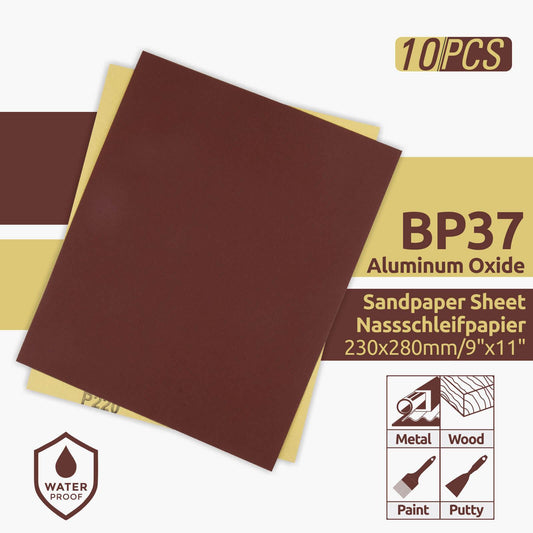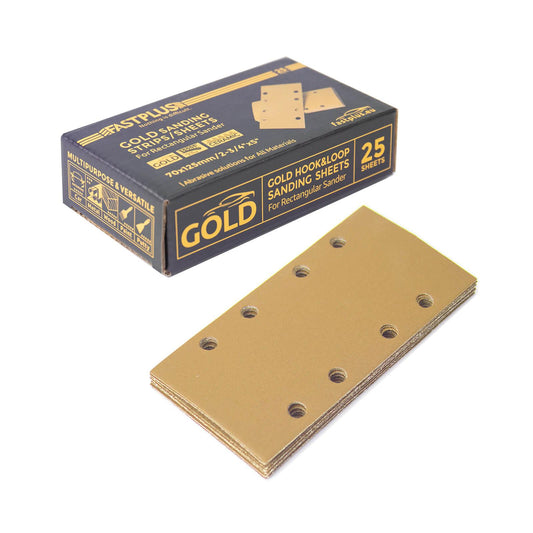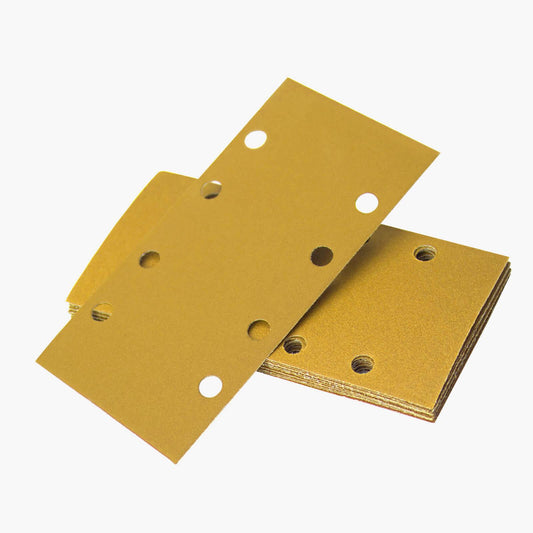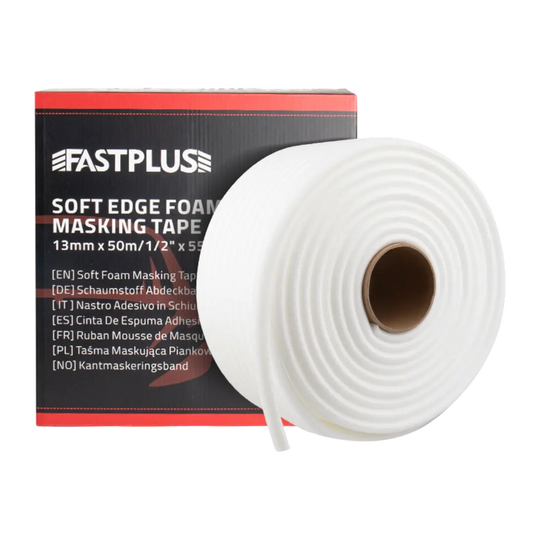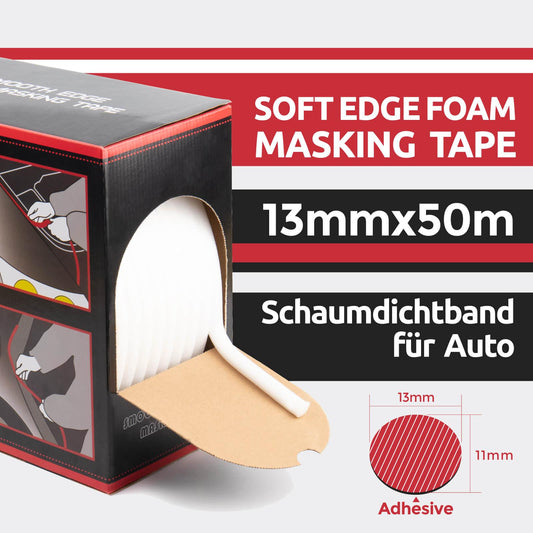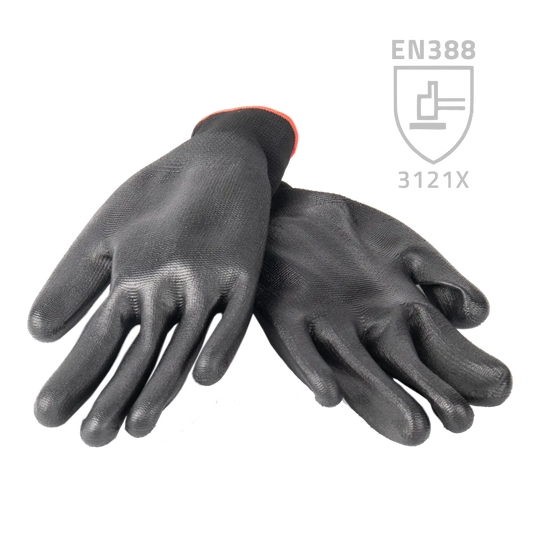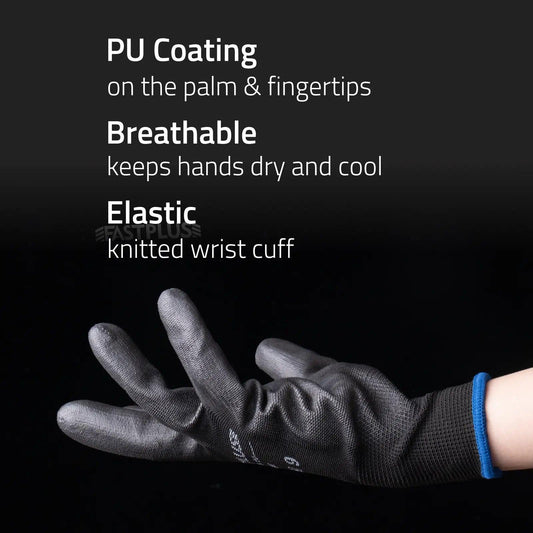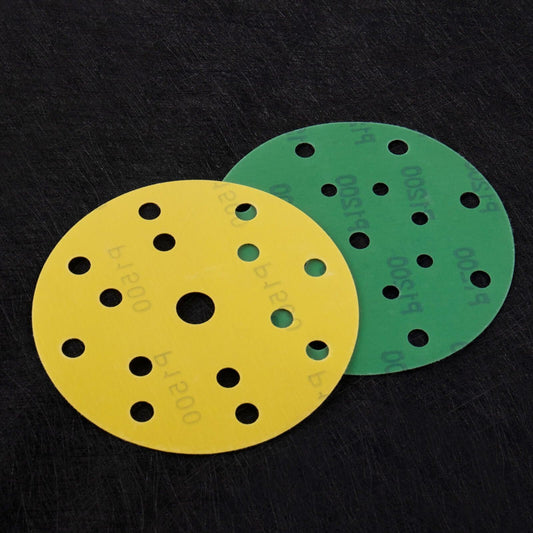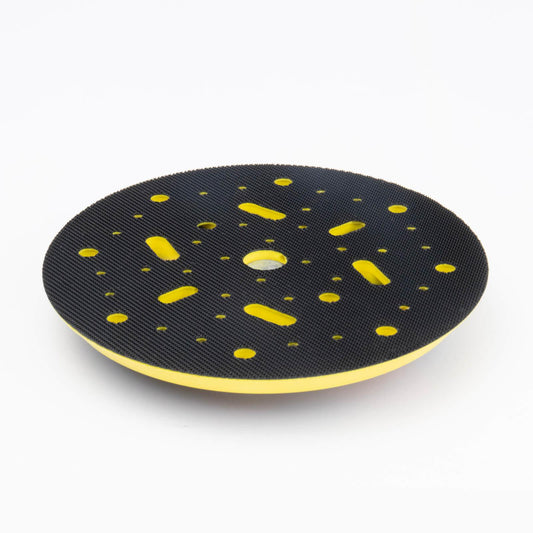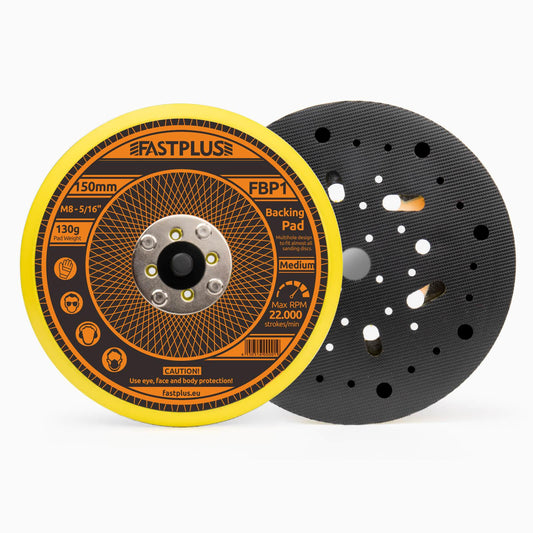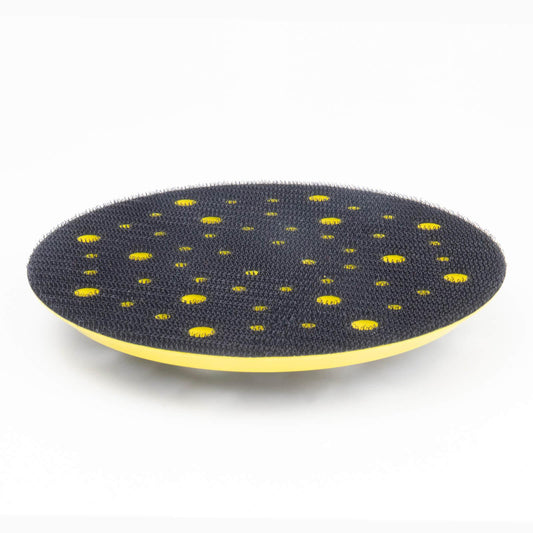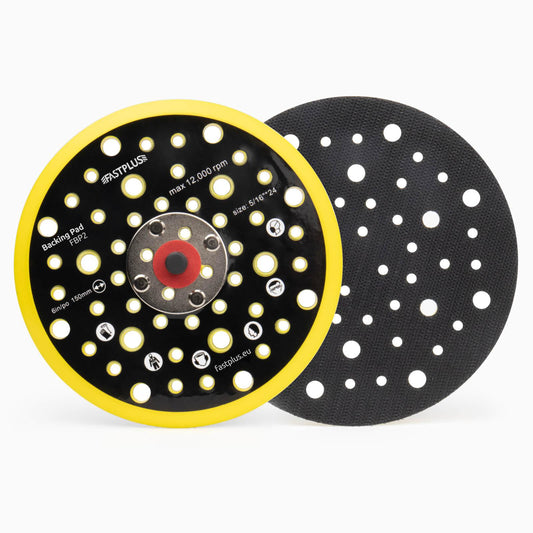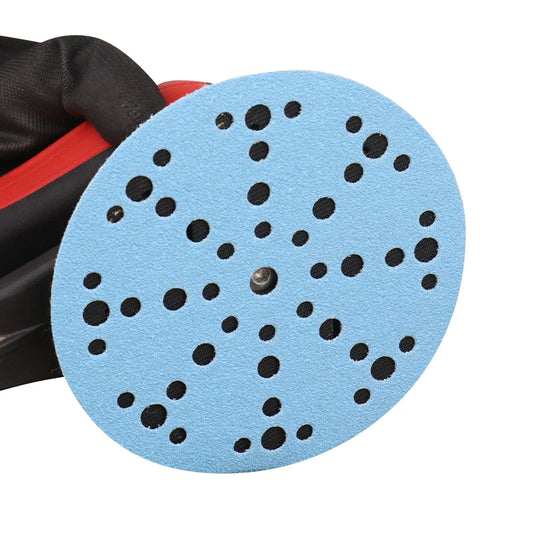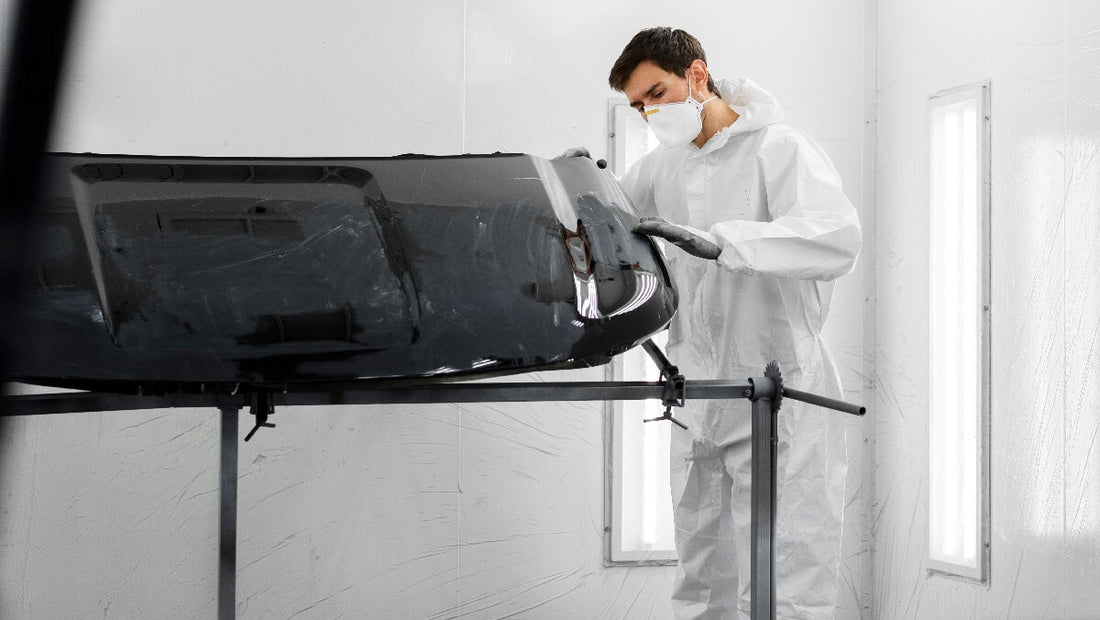
Flawless Paint Finish: Can You Paint Over Primer Without Sanding the Car?
Car enthusiasts looking to refresh their beloved vehicles often consider applying a new coat of paint. A well-done paint job can breathe new life into a car, while a poorly done one might result in a rough and uneven appearance.
Can you paint over primer without sanding the car? In general, it is not recommended to paint over primer without sanding the car first. Keep reading to understand the reasons why this is the case!
Purpose of Using a Primer Before Painting
The application of primer serves several crucial purposes in the automotive painting process. Firstly, it promotes better adhesion between the paint and the surface of the car. Primers are formulated to bond effectively to a variety of materials, providing a solid foundation that enhances the paint's ability to stick and endure. Additionally, primers help to seal and protect the underlying surface, preventing rust, corrosion, and damage caused by environmental elements.
Benefits of Sanding Before Painting
If you are planning to paint a surface, it is always a good idea to sand it first. This will help to ensure that the paint job is successful and that the paint will last for many years:
Enhanced Adhesion:
Sanding using the best sandpaper for the car creates micro-abrasions on the surface, establishing a textured foundation for the primer and paint layers to adhere to.
This improved adhesion minimizes the risk of paint peeling, flaking, or chipping, ensuring a longer-lasting finish.
Professional Finish:
Sanding contributes to achieving a professional-grade finish by ensuring a consistent texture across the entire painted surface.
This eliminates the risk of rough patches or uneven areas, delivering an aesthetically pleasing and cohesive result.
Smooth and Even Surface:
Sanding removes imperfections, old paint, and minor dings, resulting in a clean, smooth, and uniform surface. This step helps prevent blemishes and irregularities that might be visible through the paint, leading to a more polished final appearance.
Texture Consistency:
By uniformly sanding the surface, you create a standardized substrate for the primer and paint layers. This promotes consistent texture throughout the paint job, preventing variations that could disrupt the overall appearance.
Long-Term Durability:
Proper adhesion achieved through sanding with hook and loop sanding discs for car ensures that the paint layers remain securely bonded to the surface. This durability helps the paint withstand the challenges posed by environmental factors, road debris, and general wear and tear, extending the life of the paint job.
Corrosion Prevention:
Sanding helps remove rust and oxidation from the surface. This helps prevent further corrosion and damage, especially important for maintaining the structural integrity of the vehicle.
Easier Surface Inspection:
A smooth and consistent surface resulting from sanding makes it easier to spot and correct any remaining flaws or imperfections before proceeding with the painting process.
Cost and Time Savings:
While sanding might add a step to the process, it can save time and resources in the long run by reducing the need for touch-ups, repairs, and repainting due to issues stemming from poor adhesion or surface quality.
Mitigating Sanding Concerns
Sanding can be a time-consuming and messy process, and some people may be concerned about the extent of sanding that is required. Here are two ways to mitigate the concerns:
1. Using Finer Grit Sandpaper or Sanding Blocks
For those concerned about the extent of sanding required, using finer grit sanding discs or sanding blocks can help alleviate some worries. Finer grits, such as 1000 to 2000, create smoother abrasions that are less noticeable, yet still effectively promote paint adhesion. This approach balances the need for surface preparation with the desire for a more refined finish. It's important to strike the right balance, as excessively fine grits may not provide the necessary texture for the primer and paint to adhere securely.
2. Modern Paint and Primer Formulations
Advances in automotive paint and primer technology have led to formulations that are more forgiving when it comes to sanding. Some modern products are designed to adhere well even to less aggressively sanded surfaces. However, while these formulations can offer more flexibility, they should not replace proper sanding altogether. Even with advanced products, some level of surface preparation is recommended to ensure optimal adhesion and longevity.
FAQs About Sanding the Car Before Painting
Can I sand only the areas I plan to paint?
While you may be tempted to sand only the areas you intend to paint, it's recommended to sand the entire surface using sanding discs or sandpaper sheets for a uniform finish. This approach ensures that the primer and paint layers adhere consistently and that the final appearance is cohesive and professional.
Can I just rely on the primer to cover up imperfections?
While primer can help to conceal some minor imperfections, it's not a substitute for proper surface preparation. Applying primer over imperfections without sanding may result in uneven texture, and the imperfections could still be noticeable through the paint. Sanding ensures a smoother surface that contributes to a flawless final finish.
How much should I sand the car's surface?
The extent of sanding required depends on the condition of the surface. Generally, you should sand until the surface is smooth and free of imperfections. However, be cautious not to sand too aggressively, as excessive sanding can compromise the surface and affect the adhesion of the primer and paint.
Can I wash the car after sanding but before painting?
It's recommended to avoid washing the car immediately after sanding. Sanding creates fine dust and debris, and washing the car might reintroduce contaminants to the surface. Instead, use a tack cloth to gently remove any residual dust before applying the primer and paint.
Summary
In conclusion, while the prospect of painting over primer without sanding might seem tempting, it is clear that sanding the car before painting is a critical step that should not be overlooked. If you have any questions about sanding the car, please feel free to reach out to the Fastplus Abrasives team of experts, poised to provide comprehensive guidance.
Buy Fastplus Factory-Direct Abrasives
Want to purchase high-quality, factory-direct sanding discs, sanding sheet rolls, and film abrasive discs for automotive applications? Try Fastplus Abrasives today and place your orders online! 
